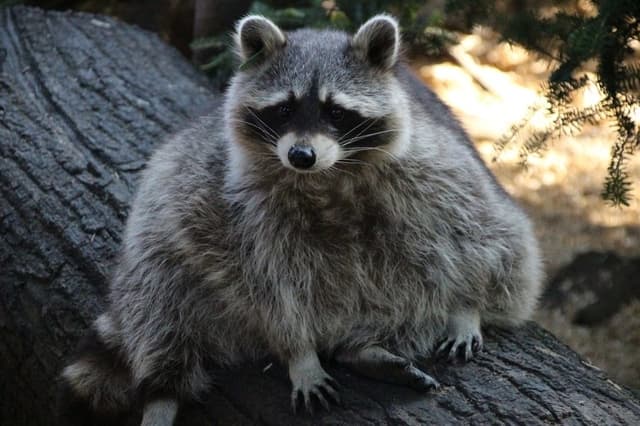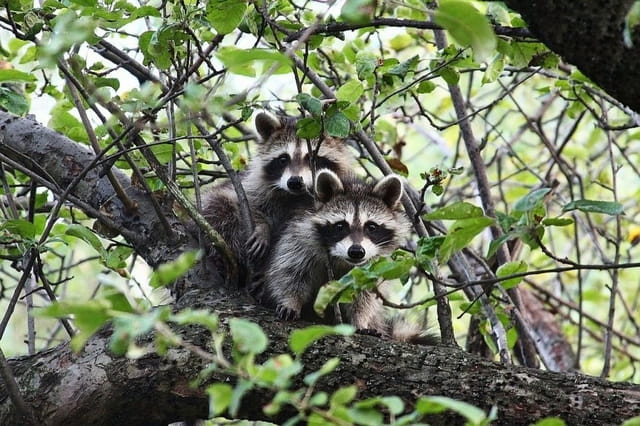During spring, your yard can be victim to an acute yet innocent pest, the raccoon! Raccoons at first glance can seem harmless and cuddly, but don’t get fooled by their innocent looks. Raccoons can be a headache and are extremely difficult to get rid of.
Ultimately, you might need to redo your attic insulation again after they invade and make a complete mess of it. They will also destroy your garden, dig holes in your lawn and make a habit of tipping over your garbage on your front lawn. If they get a chance, raccoons will enter your home foraging for food, water, and a nice place to nest. Your attic and chimney often present the best option since they are secure, dark, and quiet.
When is raccoon baby season in Ontario?
You can expect to see baby raccoons in Ontario in April or May every year. Before this time, raccoons are always on the lookout for a secure place to create their nest. This is the best time to set your preventive measures. Making your home less attractive to raccoons will deter them, forcing them to look elsewhere. In case they do, expect to have new residents in your property. Nesting mothers and their young are the most difficult to get rid of.
Raccoons have a good memory, and they are normally inclined to return to the same place they had their babies’ season after season.
How to tell if your attic has baby raccoons
You might not spot the babies at first, but if you have spotted an adult female raccoon around your home, or climbing up the attic in April or May, be rest assured you have babies nearby. Check the mother raccoon for protruding nipples; it’s a clear sign that the mother is suckling her young.
During the first six weeks, the baby raccoons will not move much, making it possible to know if you have baby raccoons in the first place. Once they are mobile at around eight weeks, you will spot around three to five baby raccoons exploring the area.
How long will baby raccoons stay in my attic?
It will take about three months for the baby raccoons to be able to move out of your attic on their own. Before that, they will be nestled inside your insulation when their mother is out looking for food. A typical raccoon litter has about one and eight kits.
At three months old, baby raccoons are old enough to search for their food and will branch out into the attic space and outdoors. It’s not a guarantee that raccoons will leave your attic soon after the baby season is over. If your attic offers a safe, warm dark place, they will keep coming back over time. This normally happens if there were raccoons already living in your attic before mating season.
One more reason why you need to prevent raccoons from getting into your attic is that the following baby season, the female babies will return to have their litters in your attic. It’s important that you stop this cycle.
What to do during raccoon baby season
The worst thing to do if raccoons invade you during the baby season is to seal them shut inside. While this prevents them from wandering in your property, the raccoons will likely die of starvation, not before desperately trying to get out destroying your attic.
Raccoons don’t choose to live in your attic by chance, it’s not their intention to be a nuisance. The mother raccoon is simply looking for a secure, dark, and warm place to raise her babies. In case you notice raccoons in your attic during baby season, contact your local wildlife removal service immediately.
A humane and reputable company such as Raccoon Removal Toronto will use methods that will ensure the quick and safe removal of the raccoon and its babies and will also provide a lifetime warranty for their service. Raccoon removal is a job best left for professionals. Handling raccoons on your own could expose you and your family to diseases such as rabies. Raccoons also spread parasites and bacteria harmful to humans through their feces.


